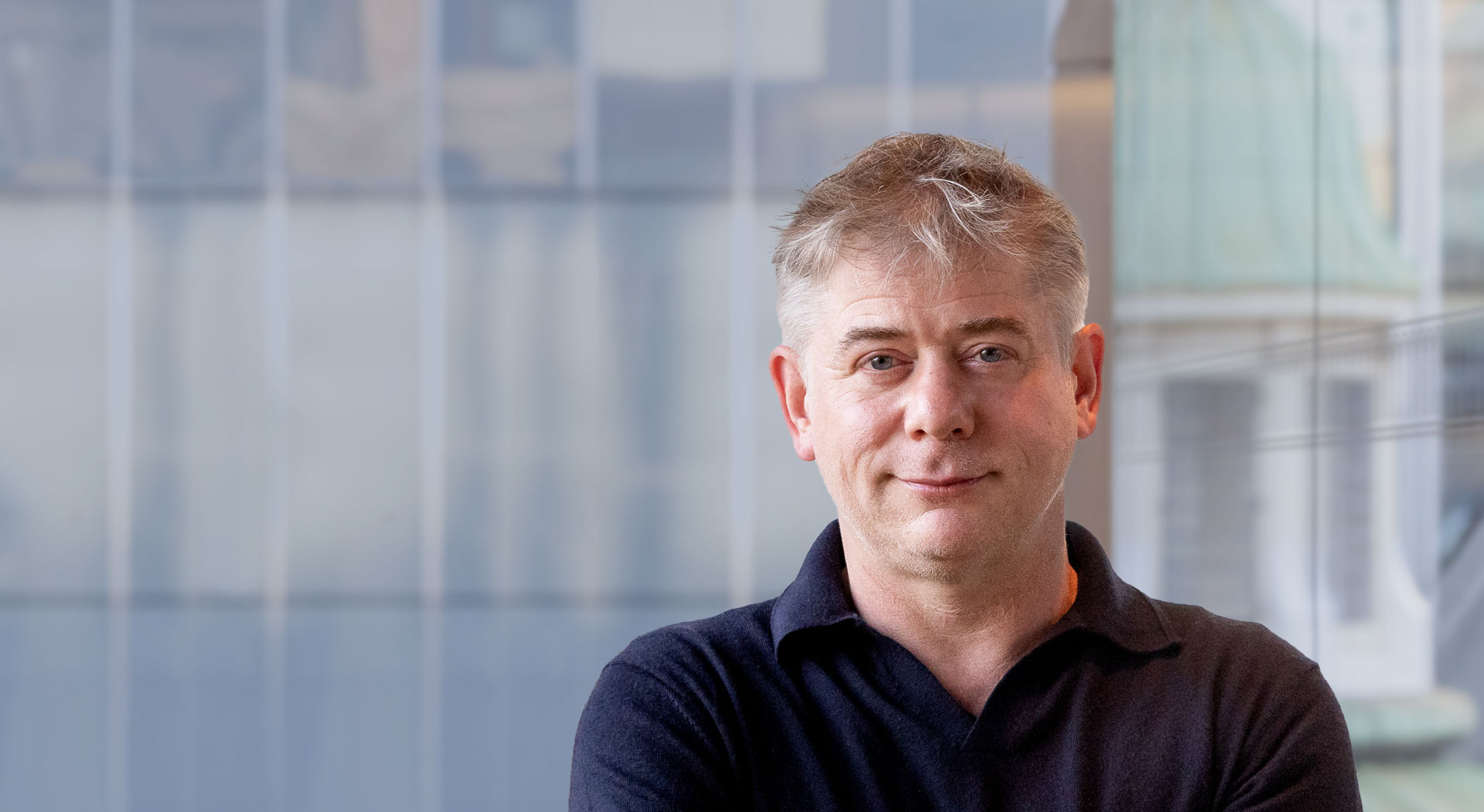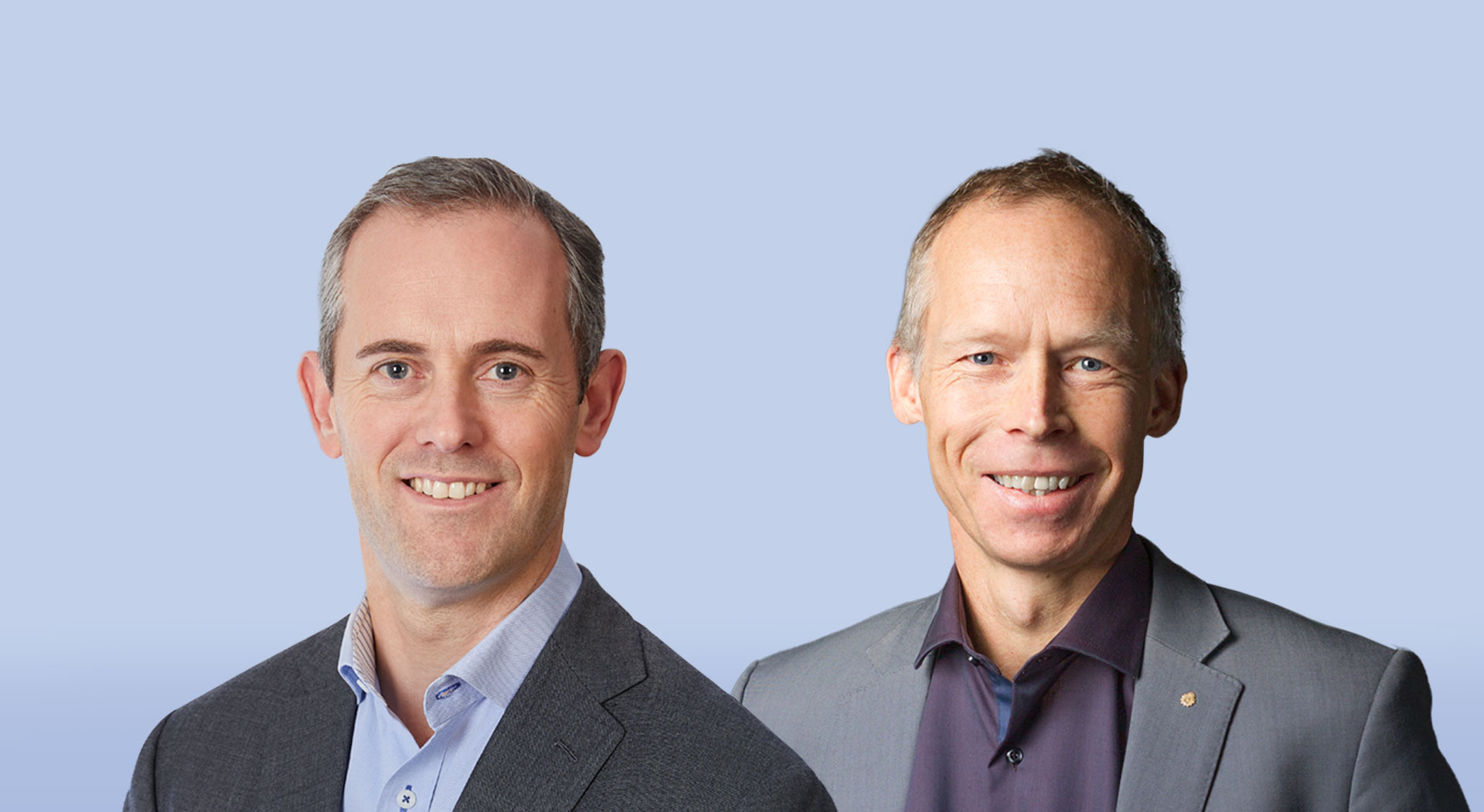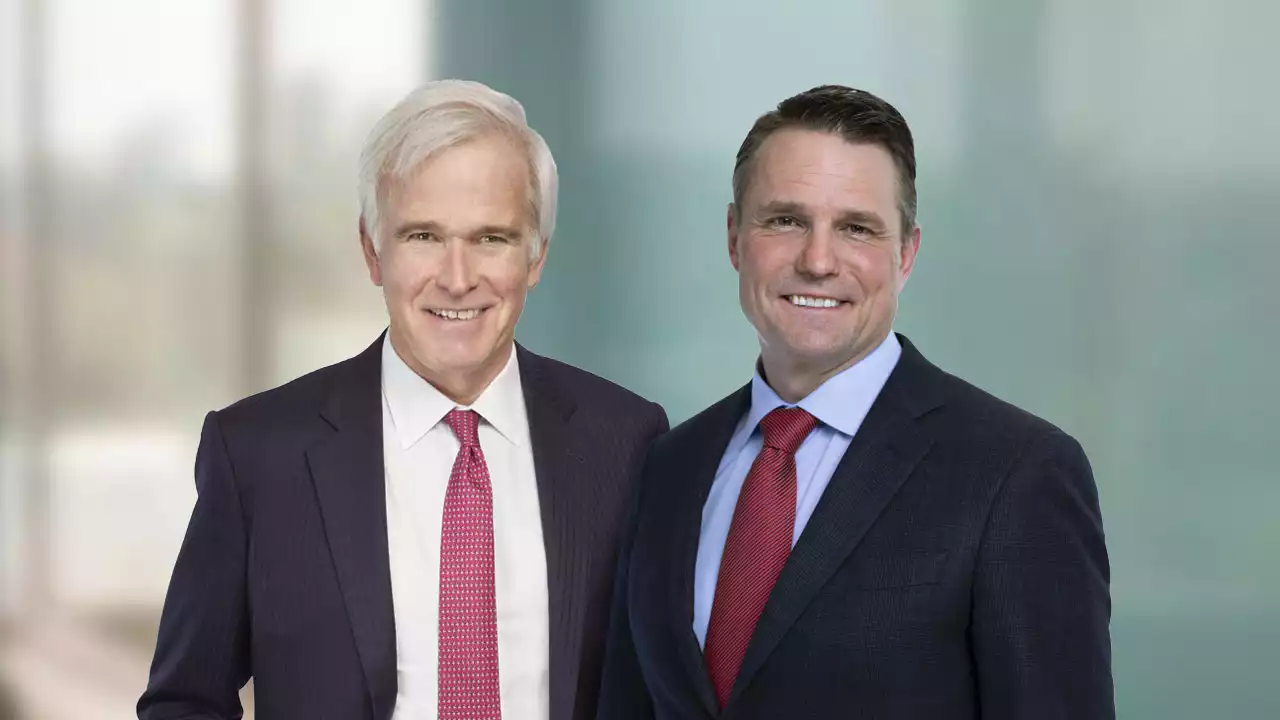In just nine years, British renewables company Octopus Energy has become the United Kingdom’s largest energy supplier. Its proprietary technology platform is increasingly being licensed to other utilities—and finding new applications in consumers’ daily lives. In this Institute Q&A, Octopus founder Greg Jackson discusses the genesis of the technology, the evolution of renewable energy adoption, and the importance of staying agile in unpredictable times.
*The following has been edited for clarity and brevity.
What drove you to create Octopus?
Greg Jackson: One of the inspirations for me was a series of bad experiences as a customer. I’d sold a business, bought a house, and eventually opened my utility bill. It was shockingly high, so I phoned the energy company and they immediately halved it. A couple of years later, I opened my bill again and it was back up. I phoned them again and they said, ‘well, you’re not in a contract.’
I could accept that explanation, but when I phoned again two years later, I was told contracts only last one year. I said, ‘I have to phone up every year or you rip me off?’ That’s the model in most competitive energy markets in the world.
My co-founders and I looked into this. First, the technology energy companies were using appeared to be a driver of poor customer experience. The platforms were three or four decades old, things like SAP, which was designed for a German car factory in 1972. It had been extended to the point that it wasn’t fit for purpose, despite serving over 700 million utility accounts globally. Other utilities ran on mainframes flung together over time that no one really knew how to deal with.
Second, this was 2016 and you could see that renewables were emerging. We were at the early stage of an exponential curve, and we believed there was a chance it would get really big.
So we saw the opportunity to revolutionize the sector through technology, but when we went to management, we heard companies were either ‘doing fine, thank you very much indeed,’ or ‘we like the idea, but someone’s got to do it first.’
We realized we were going to have to be our own first clients.
With renewable energy like wind and solar, supply obviously fluctuates with the weather. How does Octopus address that?
Greg Jackson: Yes, when you’re looking at a system-wide situation, intermittency (or unpredictable availability) is an incredible challenge. So, at the individual consumer level—or very often an industrial user level—you’ve just got to think a bit more about how you use it.
We essentially say to consumers, ‘I can give you the cheapest electricity you’ve ever had. It’ll get cheaper every year. But you need to use the vast majority when it’s sunny or windy. I’ll let you know when that is, and where possible, I’ll automate it for you.’ The other choice for consumers is to have their energy bills increase three-fold or six-fold.
Not everyone wants the cheaper, less convenient option, but if enough people do, you can create a very different set of propositions.
How is your business structured? And how does the tech work?
From the beginning, we had two businesses: Kraken, the technology platform that runs our customer accounts, and Octopus, the consumer-facing energy business. We used Kraken to create all these new propositions. We introduced tariffs (or pricing structures) that varied every half hour. We found that customers who got used to it stopped using as much energy at peak times.
Once hundreds of thousands of customers were using less peak energy, we started creating new tariffs. One is for electric vehicle owners, called Intelligent Octopus Go, which allows you to pair your car with us, and allows Kraken to automatically optimize its charging every day. Every car gets a different daily schedule, but in return, the drive is seven times cheaper than it would be with a petrol or diesel vehicle.
If you have an EV on this tariff, we give you 13,000 miles a year for free, and we make a small margin on it. We’ve now got 205,000 customers on that tariff in the UK, or 25,000 EVs, and we’re approaching 1.3 gigawatts. Eighteen months ago, that was just 200 megawatts.
Can’t this technology also be applied in our homes?
We’ve also started working with house builders to create what we call Zero Bills homes, which generate more energy than they consume. The builders share the blueprint of a home with us. and we tell them how many solar panels it needs, what size of heat pump, what size of battery, and what smart water heater to install. It works with social housing, and it has tremendous political buy-in. We just signed up every single public-listed builder in the UK and launched it in four other countries, and we’ve only been doing it for a year or two.
How do you see the adoption of renewable energy evolving in the coming decades?
Greg Jackson: How many times have we seen people say that three years ago they were expecting the exact opposite scenario, or at least a very different one? If that happened over the last three or four years, it’ll happen over the next three or four. We should keep in mind the power supply and demand projections and forecasts. But we should also understand the potential for disruption, particularly given heightened geopolitical unpredictability.
One of the most important things for us is to remain agile. If we’re thinking about energy only from the supply side—or if we’re only looking at the growing power needs from AI and data centres on the demand side—we’re missing huge opportunities to capitalize on changing underlying technologies. The cost of batteries, for example, is currently falling by roughly 13% per year. Technology is not going to go backward; renewables are not going to get more expensive. Regulation may change, politics may change, but these things won’t. So, we need to be creating optionality at all times.
What opportunities do you see for driving business growth and innovation?
Greg Jackson: Each time we release a new dynamic or tariff, we discover how people are using it. That prompts a bunch of new ideas for what we could do next.
One of the big ones for me was the decarbonization of heat. I saw this article describing us as a clean energy company and I was like, ‘we are the second-biggest seller of gas in the UK’. But it made me question how to replace gas in home heating.
We looked at heat pumps, but they were too expensive to install, buy and run because the market for them is so small. But they’re more energy efficient and cheaper than gas boilers, and even a leaky home with a heat pump will hold heat for three or four hours. A smart pump can avoid using any electricity at peak times. With that insight, we realized you can take the running cost of a heat pump from being £300 more expensive than a gas boiler to £350 cheaper, just by using electricity dynamically through the technology. We took that to the government, and it’s fundamentally changed their policies around heating.
We never knew we were going to do this stuff. We just knew that the more we did dynamic tariffs, the more we would realize insights like this.
Read more insights from the 2024 SEG CEO Summit:
Physical Risk, Climate Change, and the Investor Response
Johan Rockström is one of the world’s most prominent climate scientists.
Why collaboration is key to achieving the energy transition and meeting global
The energy transition is a defining test of our time—one that no single government, investor, or company can meet alone.
In Conversation: John Graham and David Blood
CPP Investments' President & CEO discusses the net zero transition with Blood, a pioneer of sustainable investing.







